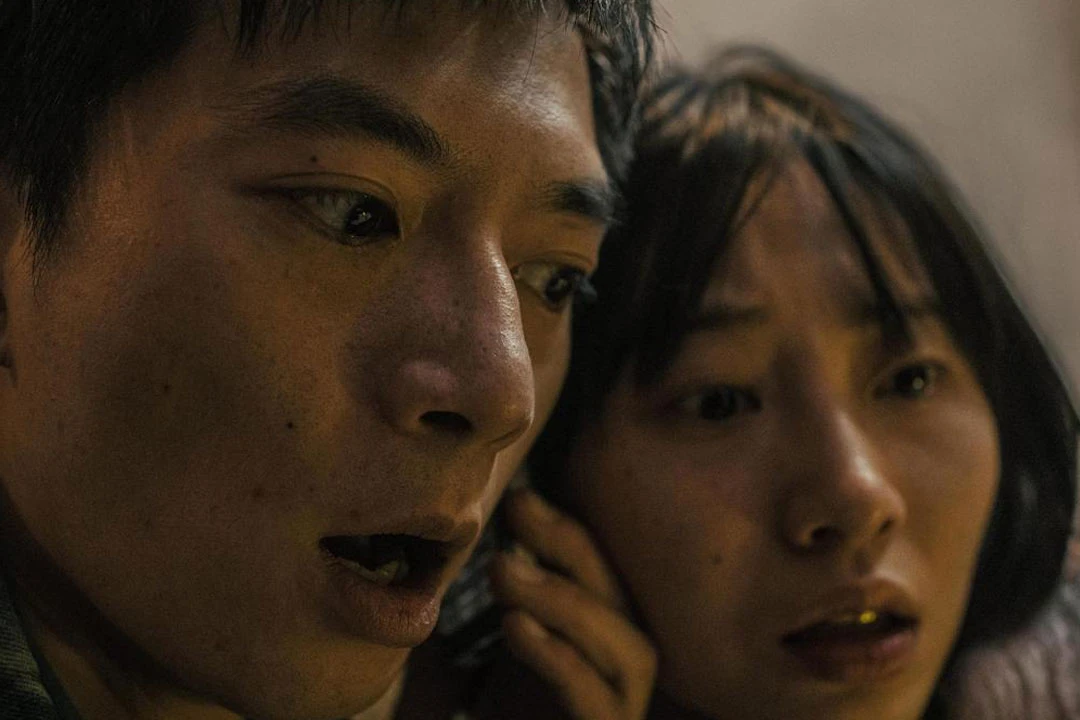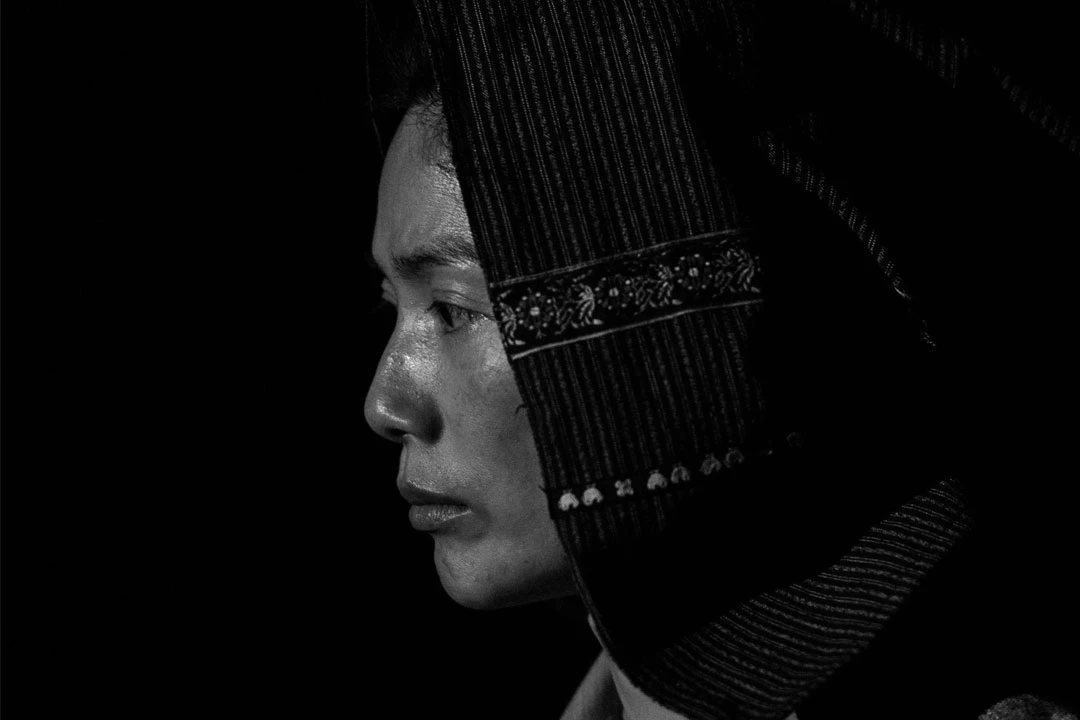In the vast landscape of cinema, certain films emerge as profound explorations of the human psyche, challenging our perceptions of reality and morality. One such cinematic gem, emerging from the rich tapestry of contemporary Chinese filmmaking, invites viewers on a mesmerizing journey through the labyrinth of the human mind. This thought-provoking masterpiece weaves a complex narrative that blurs the lines between dreams, memory, and reality, offering a nuanced examination of the human condition.
Unraveling Reality: The Power of Dreams and Memory
At its core, this film is a meditation on the nature of consciousness and the elusive quality of truth. Through its innovative narrative structure, which expertly intertwines multiple storylines and employs non-linear storytelling techniques, the movie challenges viewers to question the reliability of their own perceptions and memories.
Deep in the heart's (心迷宫) exploration of sleep and dreams serves as a powerful metaphor for the unconscious mind's influence on our waking lives. By delving into the realm of sleep psychology, the narrative suggests that our dreams are not mere nocturnal fancies, but rather complex manifestations of our deepest fears, desires, and unresolved conflicts. This perspective invites viewers to consider the profound impact that our subconscious minds have on our daily actions and decisions.
Memory, too, plays a crucial role in the film's narrative tapestry. As characters grapple with their recollections of past events, the story highlights the malleable nature of human memory. We witness how personal biases, emotional states, and the passage of time can all distort our remembrances, leading to conflicting accounts of shared experiences. This exploration of memory's fallibility serves as a poignant reminder of the subjective nature of truth and the challenges we face in understanding both ourselves and others.
The film's non-linear structure mirrors the often-chaotic nature of human thought and memory. By presenting events out of chronological order, the narrative forces viewers to actively engage with the story, piecing together fragments of information to construct a coherent whole. This approach not only creates a captivating viewing experience but also reflects the way our minds often work, jumping between past and present, reality and imagination.
Humanity's Gray Areas: Morality in a Complex World
Beyond its exploration of the mind's inner workings, the film offers a profound commentary on the complexity of human nature and the often-blurry line between right and wrong. Through its richly drawn characters, each harboring their own secrets and motivations, the story presents a world devoid of clear-cut heroes and villains. Instead, we are confronted with a cast of individuals who exist in the moral gray areas that define much of human experience.
The film's characters are a testament to the multifaceted nature of humanity. Each person we encounter is driven by a unique combination of desires, fears, and past experiences. As their stories unfold and intersect, we see how seemingly small decisions can have far-reaching consequences, not just for the individual but for an entire community. This intricate web of cause and effect serves as a powerful reminder of our interconnectedness and the ripple effects of our actions.
One of the most striking aspects of the film is its refusal to pass judgment on its characters. Instead of presenting a clear moral framework, the narrative invites viewers to grapple with ethical dilemmas alongside the protagonists. We are challenged to consider how we might act in similar situations, forced to confront the uncomfortable truth that under certain circumstances, any one of us might be capable of actions we would normally condemn.
This nuanced portrayal of morality extends beyond individual characters to encompass broader societal issues. The film subtly critiques the absurdities and contradictions inherent in social structures, highlighting how systemic pressures can lead individuals to act in ways that conflict with their personal values. By doing so, it prompts viewers to question the nature of morality itself and the role that context plays in shaping ethical behavior.
The film's exploration of the human psyche and morality is further enhanced by its masterful cinematography and sound design. Dreamlike sequences blend seamlessly with more grounded moments, creating a visual language that mirrors the story's thematic concerns. The use of light and shadow, coupled with a hauntingly beautiful score, creates an atmosphere of tension and introspection that lingers long after the credits roll.
Performances by the ensemble cast are nothing short of extraordinary. Each actor brings depth and nuance to their role, portraying characters who are at once familiar and enigmatic. Their ability to convey complex emotions and internal conflicts with subtle gestures and expressions adds layers of meaning to every scene, inviting multiple viewings to fully appreciate the intricacies of their performances.
While the film draws inspiration from literary works like Gabriel García Márquez's "Chronicle of a Death Foretold” (死亡编年史) in its narrative structure, it stands as a unique and powerful work in its own right. By grounding its exploration of human nature in a distinctly Chinese context, the film offers a fresh perspective on universal themes, demonstrating the power of cinema to transcend cultural boundaries and speak to the shared experiences of humanity.
This Chinese cinematic masterpiece stands as a testament to the medium's ability to probe the depths of the human psyche and illuminate the complexities of our shared existence. Through its innovative storytelling, profound thematic exploration, and masterful execution, the film invites viewers on a journey of self-reflection and philosophical inquiry. It reminds us that in the labyrinth of the mind, as in life itself, there are no easy answers—only the ongoing quest for understanding and the recognition of our shared humanity in all its beautiful, terrifying complexity.



